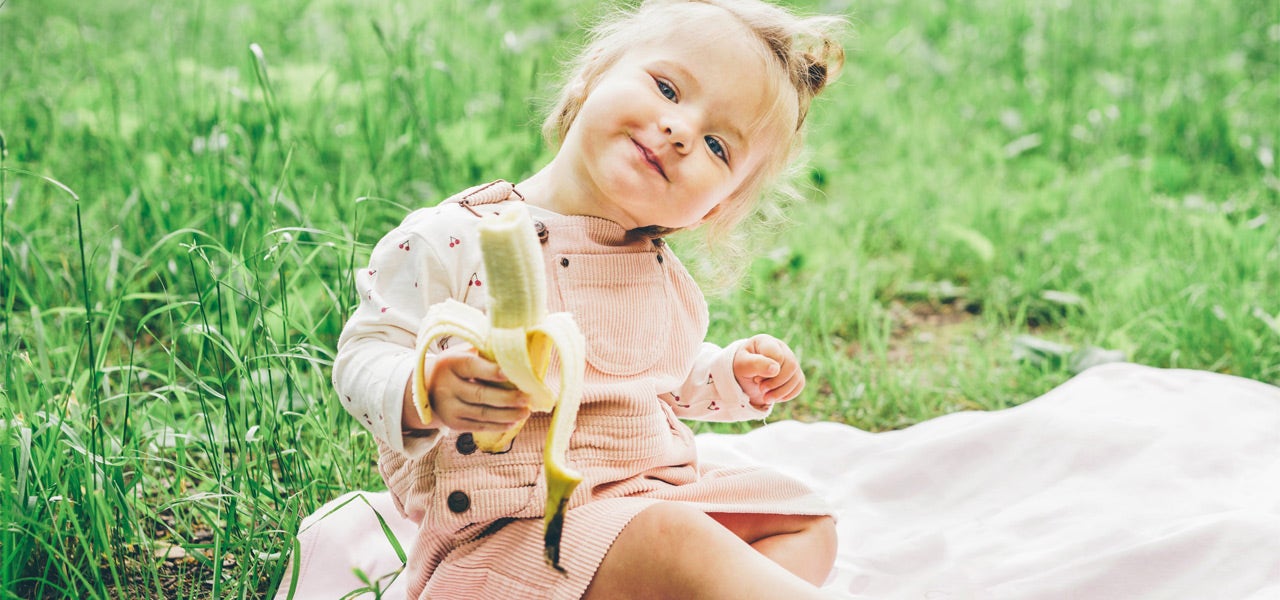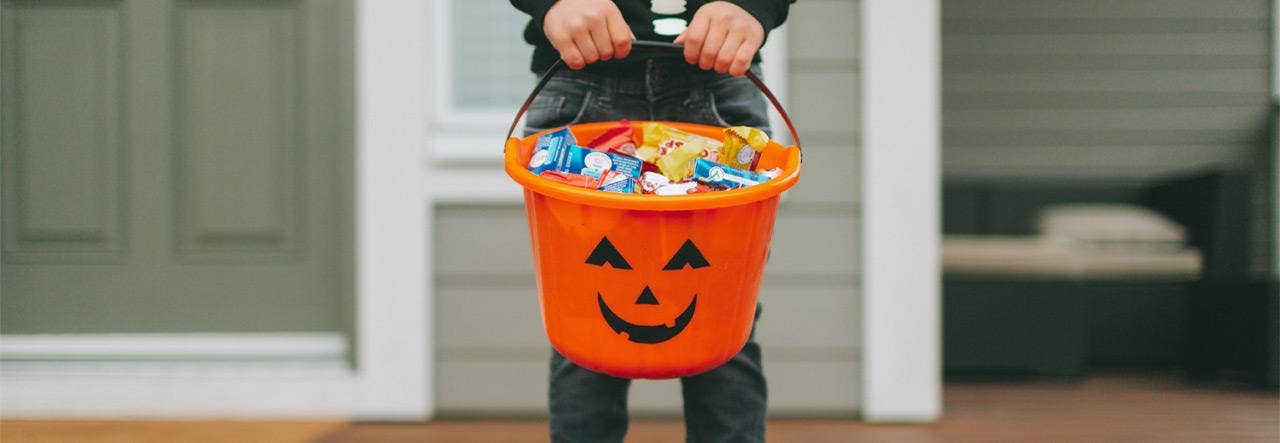Did the mere mention of Halloween give you the shivers? And, no, we’re not talking about jump-scare lawn witches or the overabundance of spider décor (ew). Nope, not even referring to that neighborhood kid who spent a little too much time on YouTube mastering the art of creepy zombie makeup.
Brace yourselves – we’re talking the nightmare of sugar before bed.
Any parent worth their weight in candy corn knows that there is nothing more bone-chilling than your own kid, sticky and over-tired, having a meltdown at bedtime after over-indulging in their trick-or-treat haul. And no – the fact that they may be dressed as a cozy li’l T-rex does not make this adorable.
Arguably, it makes it worse.
Deep breaths, parents, we can do this. Keep reading for a better understanding of how to manage sugar and sleep this Halloween.
What to Know About Sugar and Sleep
The long-term health risks of too much sugar, such as the development of diabetes, obesity and tooth decay, are well documented and well known. This is why the American Academy of Pediatrics recommends less than 25 grams of added sugar a day for kids over 2-years-old – and none at all for under-twos. Which, by the way, is equivalent to about three fun size Snickers bars.
However, Halloween is a holiday and many parents are OK with letting their kids indulge for the day. All things in balance, right? Just be aware that sugar overload disrupts your child’s blood glucose levels, which can lead to those all-too-familiar sugar highs and crashes.
Sugar and Hyperactivity: Myth vs. Reality
There is evidence that consuming a lot of sugar results in less of that high-quality, restorative sleep. You may fall asleep faster, but you may also toss and turn a lot more. However, while it’s generally accepted that sleep can affect a child’s mood and energy levels, there is some debate about if sugar actually causes hyperactivity. With that in mind, it’s worth considering additional Halloween factors that may also be sparking sleep issues, such as:
- Caffeine content in milk chocolate
- Departure from a consistent bedtime routine
- Overtiring from outdoor, late-night fun
- The sheer excitement of a holiday
5 Tips for Managing Sugar Before Bedtime


While the jury may be out on sugar’s impact on your little one’s bedtime behavior, it’s smart to go ahead take precautions in regard to letting them eat all that Halloween candy before bed. Here are a few tips worth trying:
- Make sure your kids eat a healthy dinner or snack prior to candy time
- Serve kid-friendly foods that increase serotonin levels and promote sleep (bananas, natural peanut butter, low-fat cheese or yogurt)
- Keep kids hydrated but avoid fruit juice to cut down on extra sugar
- Clearly communicate the evening’s candy limit prior to trick-or-treat time – and stick to it
- Maintain your regular bedtime routine but allow for a few hiccups – stress only makes sleep harder
Kids Still Want to Eat All the Candy Before Bed? Try These Ideas!
In many communities, between school parties, haunted houses, library events and trick-or-treat, the amount of candy you end up with is borderline gross. It’s a perfect opportunity to teach your kids that whole “Just because you can doesn’t mean you should” lesson. Keep a modest amount for your Halloween celebration and then consider:
- Donating candy to a worthy cause like Treats for Troops
- Contacting local organizations (nursing homes, shelters) to see if they accept candy donations
- Freezing candy for holiday baking
- Making a homemade trail mix
- Doing some fun science experiments with candy
Or, Bypass the Whole Issue With Halloween Candy Alternatives


We get it – when we were kids, the neighborhood house that passed out king-size candy bars was the stuff of legends while the neighbor handing out raisins was … a bit of a letdown. But, between food allergies and sensitivities, the organic movement, and a better all-around understanding of environmental factors and our health, we’re making healthier choices all the time.
If you’re looking for alternatives to Halloween candy, consider items like:
- Organic popcorn balls
- Natural fruit leather
- Pumpkin seeds
- Festive pencils or erasers
- Halloween stickers or bookmarks
We hope you’re feeling less spooked about bedtime this Halloween! Interested in learning more about kids and sleep? Check out this post about picky eating and sleep or this one about the right bedding for healthy sleep.
 BABY
BABY  KIDS
KIDS  ADULT
ADULT  LEARN
LEARN  STORES
STORES 